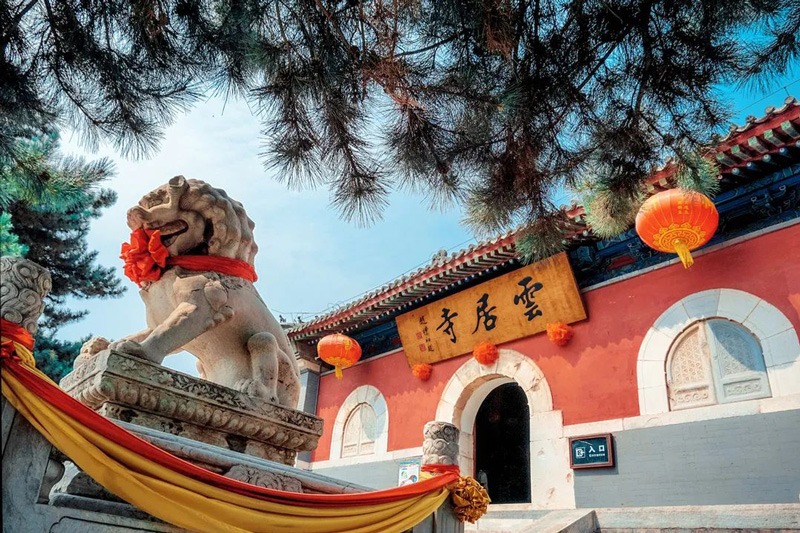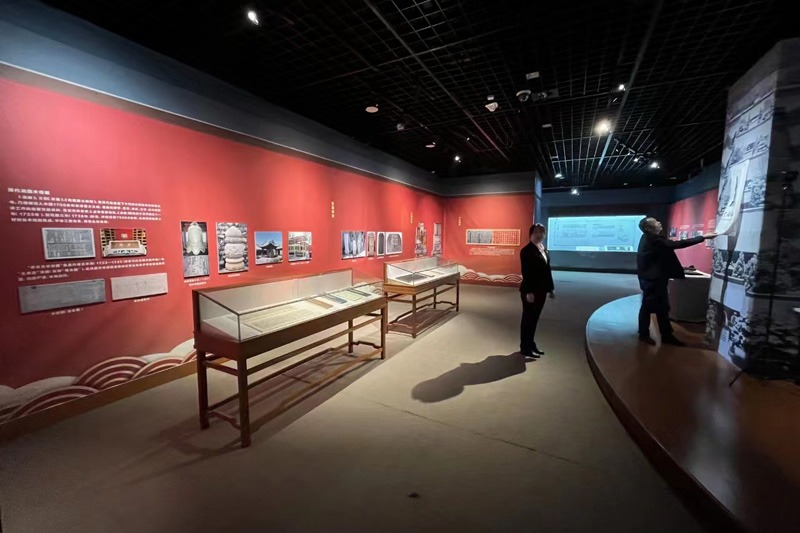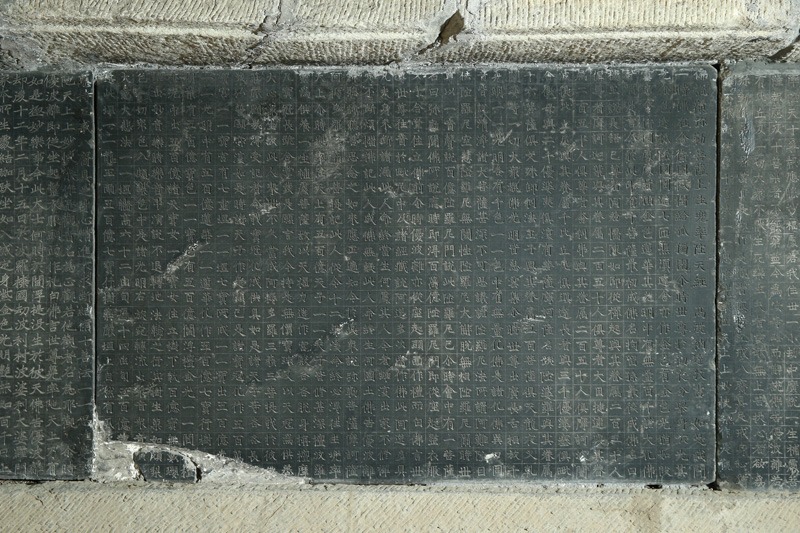About the Exhibition
Good Fortune and Wisdom International Charity Fund, and Chinese Western Culture Arts Association are co-organising with China Cultural Centre Kuala Lumpur, and Purple Cane Group, to hold “The Miracle of Chinese Culture – Historical and Cultural Exhibition of Yunju Temple in Fangshan, Beijing” in Kuala Lumpur, Malaysia as the second stop after Hong Kong. Starting from 26 July until 10 August 2024, the exhibition will be held in Hall 1, Level M at Menara KEN TTDI and is open to the public for free.
Yunju Temple has a collection of more than 30,000 pieces of cultural relics. This exhibition showcases 43 precious treasures from the Stone Sutra Museum, including stone, paper, wooden and other treasures of the Sui, Tang, Liao, Jin, Yuan, Ming, Qing dynasties and modern periods. The stone sutras, wooden sutras and paper sutras (known as the “three wonders” of Yunju Temple) will be showcased in Malaysia for the first time. Among the exhibits are 17 original stone sutra rubbings (paper rubbings produced from stone sutras) making their global debut. The exhibition is presented through multiple formats including exhibition panels, photography and physical objects (stone sutras, original rubbings, the imperial wooden sutras – Long Tripitaka, paper sutras). There will be an interactive area for visitors to engage in rubbings of the imperial wooden sutra to experience the craftsmanship of traditional Chinese printing as well as wearing of virtual reality (VR) glasses to enjoy an up-close appreciation of the Chinese civilization treasures at the Leiyin Cave in Shijing (Stone Sutra) Mountain. This exhibition aims to promote Chinese culture, bringing the thousand-year history of sutra inscription, the extraordinary culture of stone, paper and wooden sutras, and the national treasure-level temple in the North, Yunju Temple, to Malaysia, allowing public to have an in-depth understanding of the Chinese cultural relics and the legacy of intangible cultural heritage.

Background of Exhibition
The Stone Sutras of the Yunju Temple in Fangshan, Beijing was announced by the State Council as one of the first batches of protected key cultural relics in the country
The Yunju Temple in Fangshan, Beijing, was built by the respectable monk Jingwan of the Sui Dynasty. Master Jingwan learned from the lesson that many paper and wood-carved Buddhist sutras were destroyed during the campaigns to exterminate Buddhism in the Southern and Northern Dynasties. However, many stone sutras were preserved, therefore, stones were used to inscribe sutras for better preservation.
The activity of sutra inscription reached its peak from the Kaiyuan period of the Tang Dynasty to the Liao Dynasty. Emperor Xuanzong of the Tang Dynasty once gave the “Kai Yuan Da Zang Sutra” to the Yunju Temple as the base for inscription, while the “Qi Tan Zang” was used as the base during the Liao Dynasty. Both Buddhist sutras have been lost now, and the Fangshan stone sutra of the Yunju Temple has become the best version for proof-reading instead of other versions of Buddhist sutras. During the Liao Dynasty, the Sutra Cave was filled with stone sutras inscribed in the Tang Dynasty, so a new cave was dug under the mountain to store additional stone sutras. The sutra inscription activity continued until the Ming Dynasty, with a total of 14,278 stone sutras produced. At the same time, 22,000 volumes of paper sutras and more than 77,000 wood sutras were housed, making it the largest collection of Buddhist sutras in the world.
This is the only museum in the world that exhibits stone sutras, paper sutras and wood sutras. It is also the oldest and largest stone inscription library in the world, creating a major cultural miracle in the history of the Chinese nation and even human civilization.

Purpose of Exhibition
Engages you in dialogue about the cultural relics and restores vitality to the cultural relics hidden deep in the museum.
The exhibition is a public welfare project aiming to promote Chinese culture. It is intended to let the audience understand the thousand-year history of sutra inscription at the Yunju Temple and appreciate the splendid inscription culture, the importance as a place of national treasures, the unique cultural heritage of famous ancient temples in the north, and the profoundness of the Fangshan stone inscription culture. The audience is presented with a cultural feast that integrates ideological, artistic and ornamental qualities.

Content of Exhibition
Beijing’s Dunhuang, The Best in the World, The Yunju Temple Stone Sutras Museum has a collection of the “Three Wonders” – stone sutras, paper sutra and wooden sutras.
The “Stone-inscribed Buddhism Da Zang Sutra” was first inscribed in the Daye Period of the Sui Dynasty (605 AD). Master Jingwan and others inscribed sutras on stones to protect the Dharma. The sutra inscription went through six dynasties, including Sui, Tang, Liao, Jin, Yuan, and Ming, and lasted for 1,039 years. 1,122 Buddhist sutras, 3,572 volumes, and 14,278 blocks were inscribed. Such a large-scale inscription with such a long history is a rare feat in world cultural history. It is comparable to the world-famous Great Wall and the Beijing-Hangzhou Grand Canal and is a rare and precious cultural heritage in the world. It is known as “Beijing’s Dunhuang” and “The Best in the World”.
“Fangshan stone Sutras” is a Buddhist classic that has lasted for thousands of years since the Sui and Tang Dynasties. It not only contains extremely rich historical information in areas such as Buddhist research, political history, social economy, as well as culture and art, it also has important cultural and artistic value in the art of calligraphy.
 MY
MY HK
HK